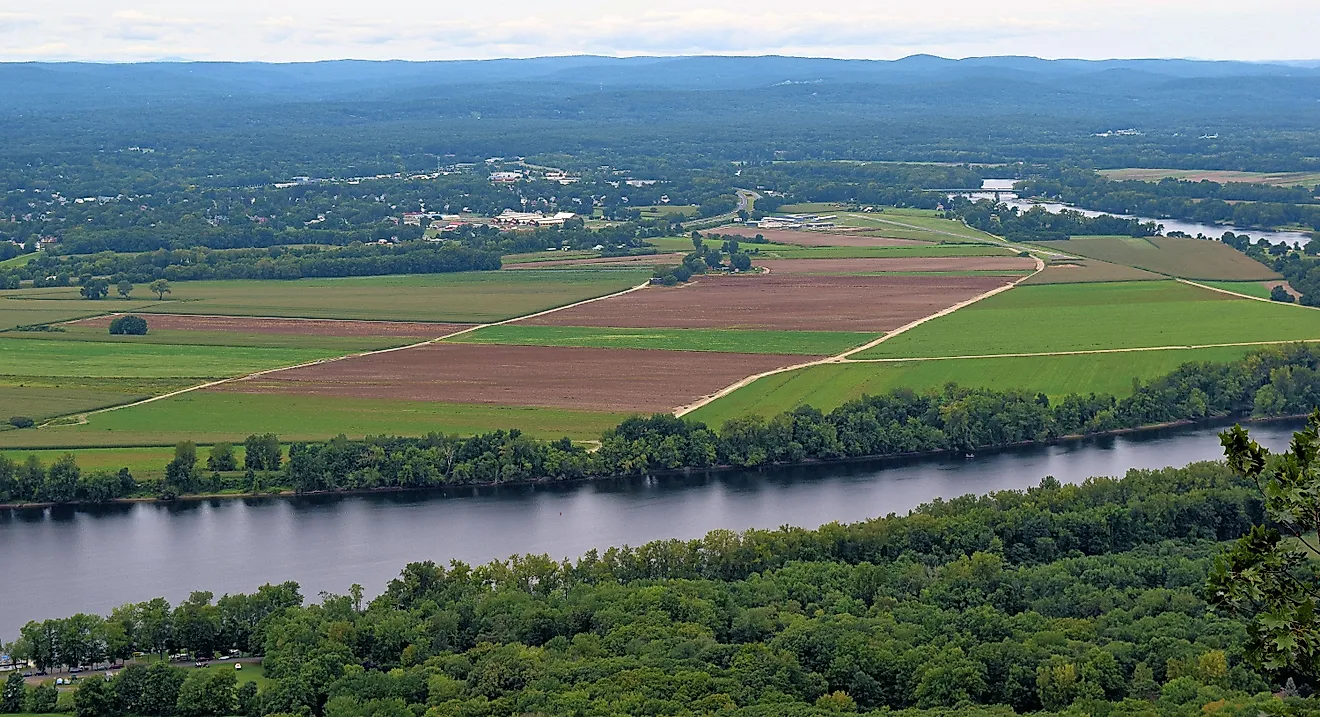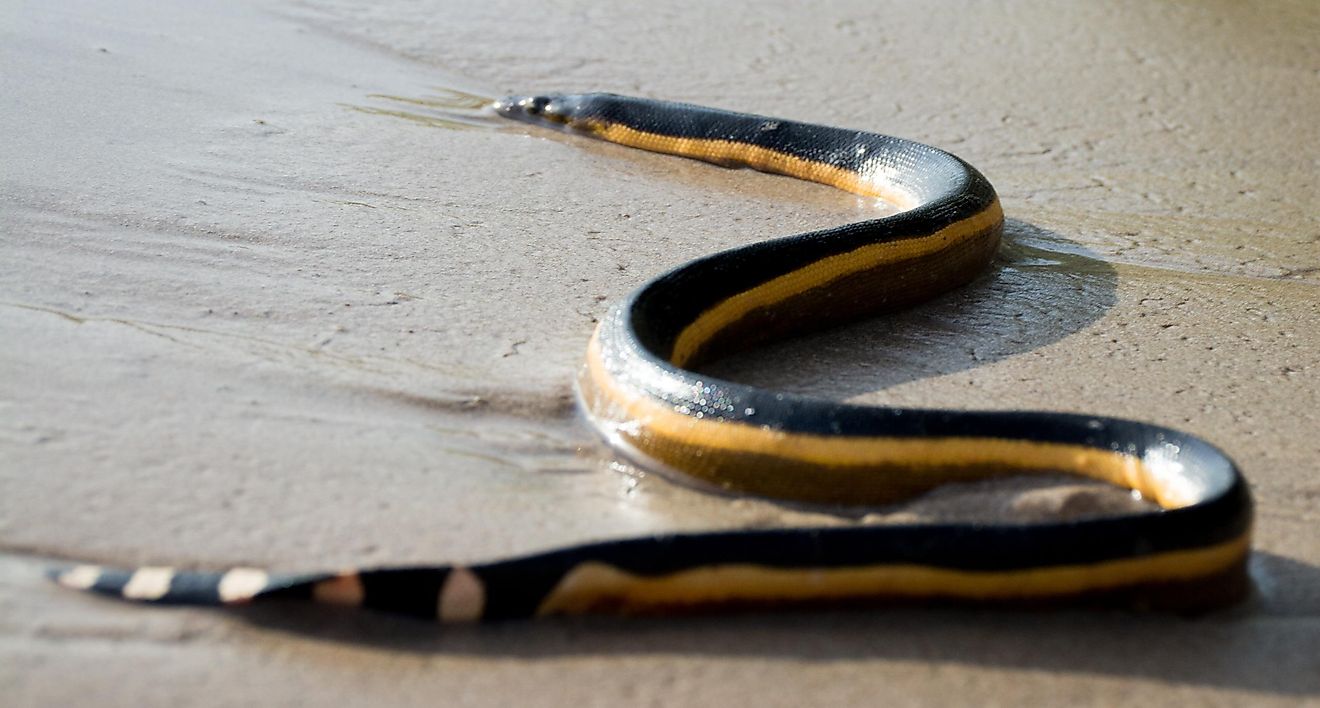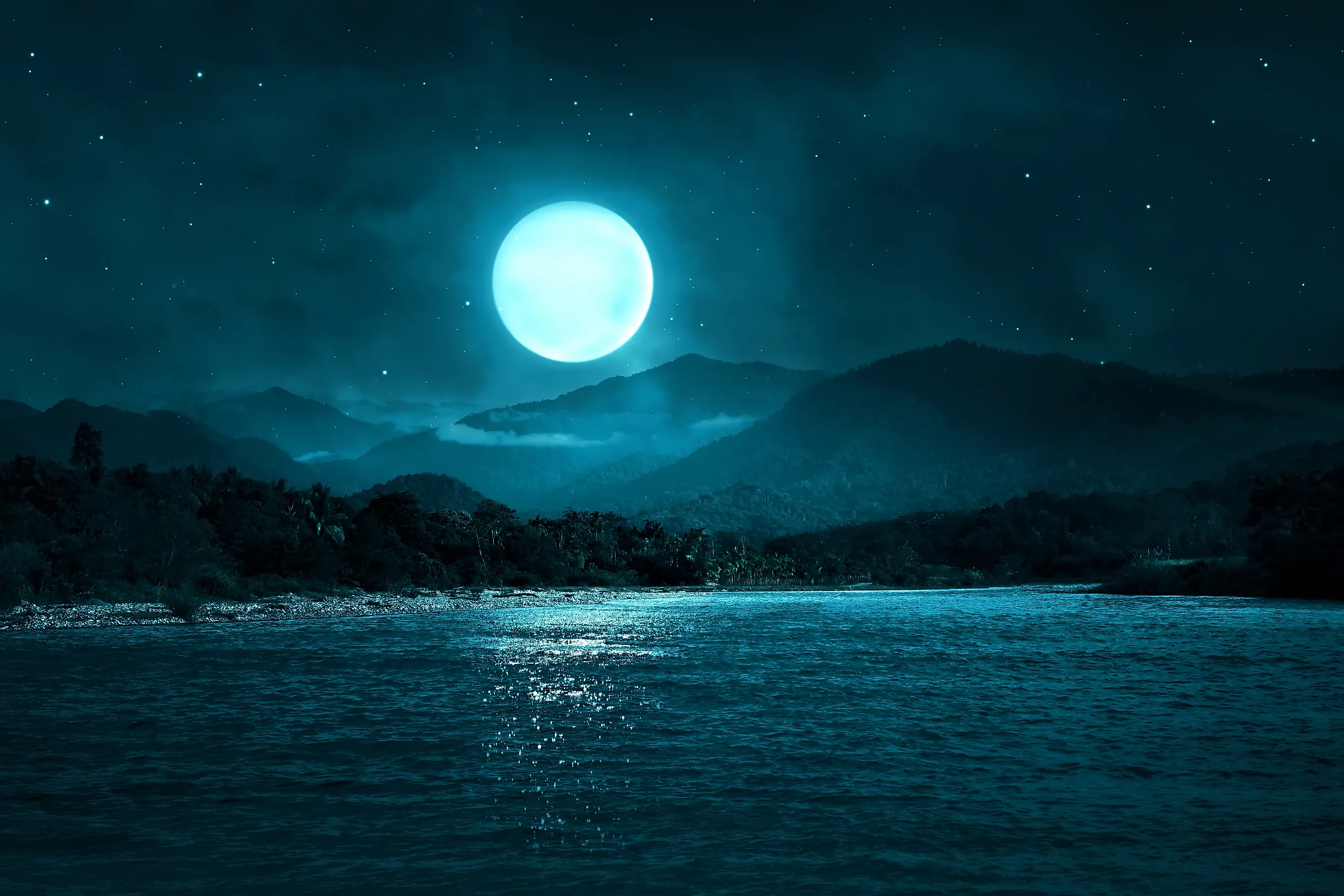
Can a Lake Have Tides Like the Ocean?
For many of us landlubbers, the lakeshore is the closest we regularly come to the power of the open ocean. And with sandy beaches, windblown waves, and fish to catch, many of them make nice substitutes for a coastal getaway. But not even the largest lakes, which can easily be mistaken for the ocean because of their vast size, can quite match the sea’s power and scale.
Some natural forces only operate on bodies as massive as the sea. So if you’re trying to settle a debate among friends about whether or not that vast, sea-like lake has the tides to match, the answer is both “yes” and “no,” and not in any of the ways you’d think. Here’s why the answer isn’t straightforward.
How Tides Work and Why Lakes Have Them

If we’re going to answer this question, we have to start with the very basics: what tides actually are. You may picture waves lapping the shore or the daily rise and fall of the waterline along the beach. A tide is the periodic rise and fall of water levels caused by the gravitational forces of the Moon and the Sun. So when you ask if lakes have tides, the answer is technically “yes”: the lakes experience minute water-level changes from the Moon’s and Sun’s pull.
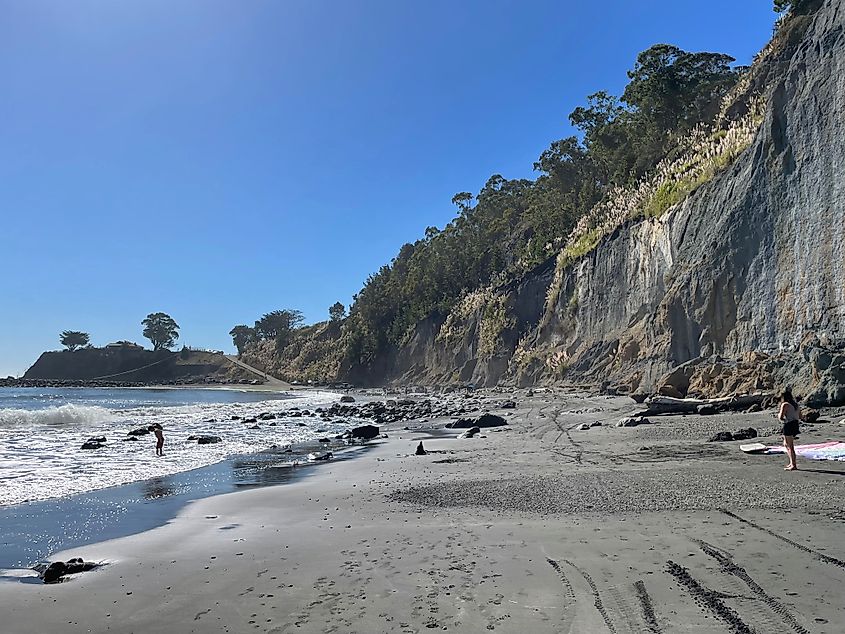
However, that isn’t what most people who ask this question are really wondering about. But what difference does that make if we don’t notice it? Our interest in tides is mostly practical: we check the tides before going to the beach to decide when to haul our beach chair a little further up the coast to escape the rising waterline.
And if that’s the category you fall into, lakes do have tides, but not the kind you can see.
Dynamic Systems
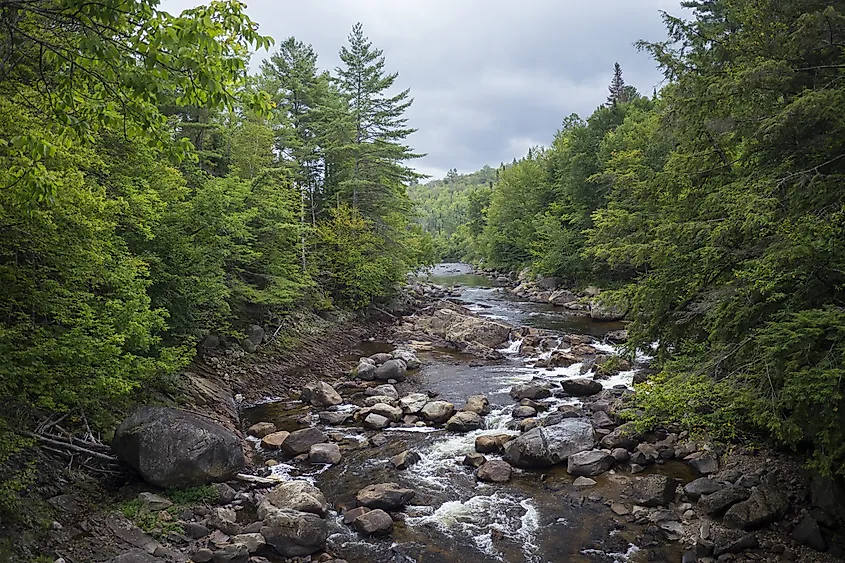
To see why lake tides are mostly theoretical, we need to look at the forces that shape lakes.
Lakes may appear to be static, but they’re constantly moving. Many lakes receive water from rivers, and some lack outflows (endorheic). Precipitation, of course, can dramatically alter the water level of a lake. So can evaporation. Winds blowing across the surface of a lake stir up waves and sediments. Because lakes are smaller than oceans, wind and pressure effects (seiches) dominate. A lake’s water level can shift for many reasons, none related to tides.
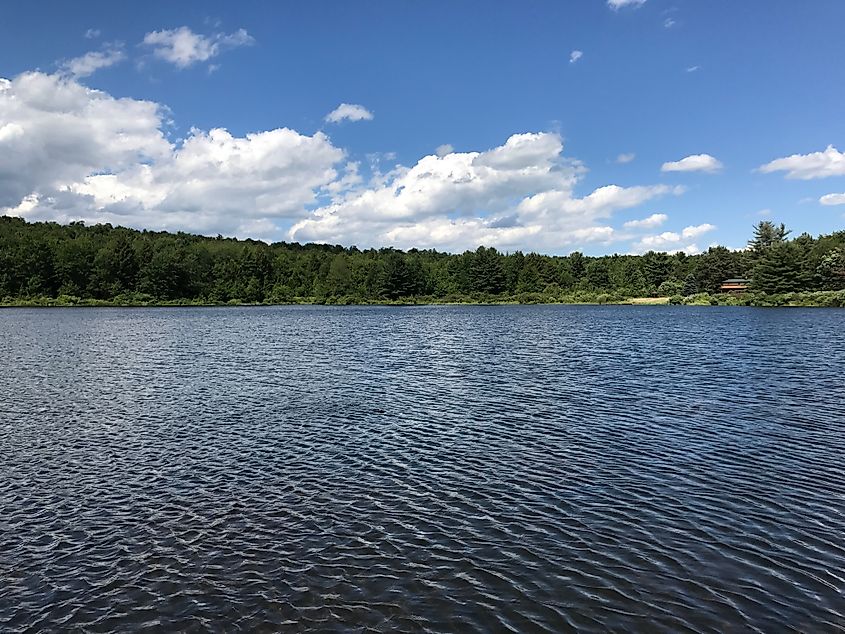
Remember what we said a little earlier about lakes technically having tides? Well, that’s true. Some lakes do experience fluctuations in water level as a result of the Moon’s gravity. But because lakes are small and dynamic systems where changes in the water level can be the result of any number of things, those tides are almost negligible. In many cases, they’re almost entirely offset by other factors that affect the water level.
And why is that? Oceans are subject to many of the same forces, after all, and their tides can undoubtedly be seen. It’s a good question, and a simple one to answer.
A Matter of Scale
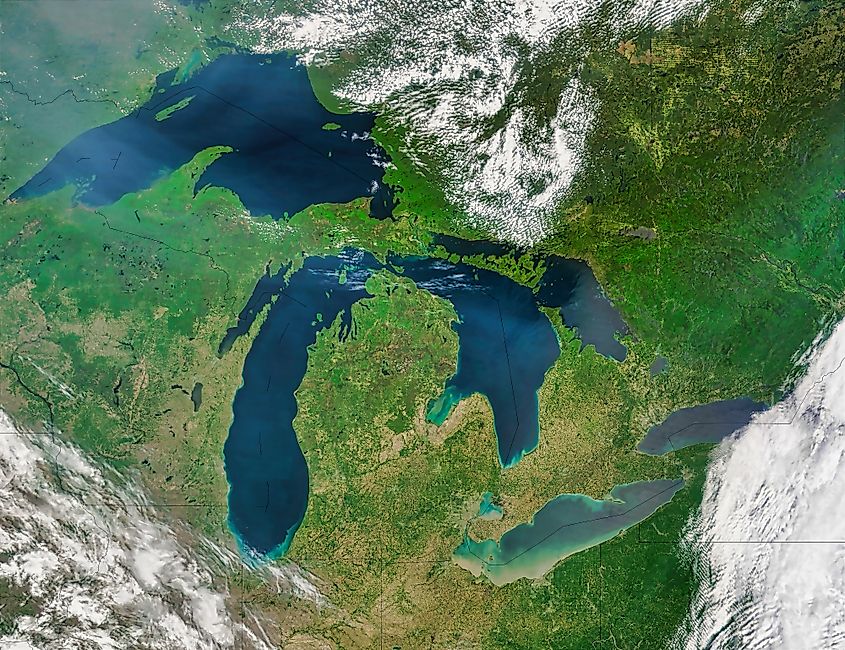
If you’ve ever stood on the shore of any of the five Great Lakes, you know very well that a lake can easily resemble the ocean. It’s hard for the human eye to comprehend the vastness of some of the world’s largest lakes, but even they pale beside the smallest ocean.

Take Lake Superior, for example. It’s the largest of the Great Lakes, at 31,700 square miles. Then compare that to the world’s smallest ocean: the Arctic Ocean is 5.4 million square miles. And that’s the smallest ocean. There’s absolutely no comparison in scale. When the Moon’s and Sun’s gravity interacts with something as vast as an ocean, the effect is significant enough to be visible to the naked eye. But in a lake, a lake’s limited surface area means the Moon’s pull has little visible effect.
You could spend hours researching hydrology, but the simplest explanation of the imperceptible tides of some of the world’s largest lakes is the most straightforward explanation. Compared to the heavily tidal seas, lakes are tiny. The Moon has too little water mass and a basin size that is too small to produce visible tides. And what little difference the Moon does make is quickly rendered invisible by the effects of the weather.
Conclusion: Why Lakes Have Tides in Name Only
You may not win the trivia game for your team with an answer like this: yes, lakes have tides, but no, they don’t have tides in the way we imagine them. Still, you can confidently say that lakes, in many ways, operate like small-scale oceans. It’s a fun reminder that the same Moon that moves the seas also stirs the world’s inland waters, just on a smaller and less noticeable scale. You may never have to haul your beach chair up the shore, but it’s still the truth, and a good fact to keep in your back pocket for the next debate.



